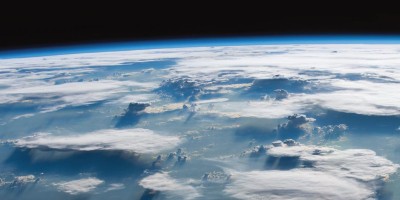Mineable phosphorus reserves are confined to a handful of countries. Reductions in wastage could free up this resource for low-income, food-deficient countries.

References
Cordell, D. & White, S. Sustainability 3, 2027–2049 (2011).
Elser, J. & Bennett, E. Nature 478, 29–31 (2011).
Gilbert, N. Nature 461, 716–718 (2009).
Vörösmarty, C. J. et al. Nature 467, 555–561 (2010).
MacDonald, G. K., Bennett, E. M., Potter, P. A. & Ramankutty, N. Proc. Natl Acad. Sci. USA 108, 3086–3091 (2011).
Van der Velde, M. et al. PLoS ONE 8, e60075 (2013).
Mueller, N. D. et al. Nature 490, 254–257 (2012).
Author information
Authors and Affiliations
Corresponding author
Rights and permissions
About this article
Cite this article
Obersteiner, M., Peñuelas, J., Ciais, P. et al. The phosphorus trilemma. Nature Geosci 6, 897–898 (2013). https://doi.org/10.1038/ngeo1990
Published:
Issue Date:
DOI: https://doi.org/10.1038/ngeo1990
- Springer Nature Limited
This article is cited by
-
Biofertilizers and Silicon Fertilization as a Sustainable Option for Maize Production
Silicon (2024)
-
A better use of fertilizers is needed for global food security and environmental sustainability
Agriculture & Food Security (2023)
-
Shock propagation from the Russia–Ukraine conflict on international multilayer food production network determines global food availability
Nature Food (2023)
-
Reduced phosphorus availability in paddy soils under atmospheric CO2 enrichment
Nature Geoscience (2023)
-
Sexual reproduction trait expressions of grassland species along a gradient of nitrogen: phosphorus stoichiometry
Plant and Soil (2022)


